Discover Sacsayhuaman

Saqsaywaman Archaeological Park.
Location:
Province : Cusco.
District : Cusco.
It is located on a hill north of the Plaza de Armas of the City of Cusco and is linked to the historic center by the ancient Inka neighborhoods of Qolqanpata (San Cristobal) and Toqokachi (San Blas),
Access:
Through both neighborhoods there are pedestrian paths and two vehicular access roads that lead us to the Archaeological Park of Saqsaywaman, one of which begins at Calle Saphy – Llaullpiata and the other at Av. Circunvalación.
Extension:
2, 996.76 Hectares.
History:
In the Andean dual conception, the Saqsaywaman Archaeological Park is in the jurisdiction of Hanan Qosqo. Most of the chroniclers agree in pointing out that the Inka Pachacuteq, once the city was divided into two parts, Hanan Qosqo and Hurin Qosqo, traced the definitive form of the future Sun House of Saqsaywaman.
The chronological source based on the information of the Khipucamayoq and on direct observation, tries to describe about Saqsaywamanen around the following questions: Who and When was it built? Direct observation refers to the description of the layout and characteristics of this monument. On the use and function there are three hypotheses: the first referring to its function as an Inka fortress, the second as a shrine to the god Illapa (lightning bolt) and the third as the “House of the sun”, that is, dedicated to the god Inti, the supreme god of the Inkas.
The consensus in the opinion of the chroniclers would indicate that the construction of Saqsaywaman began in the late fourteenth century and early fifteenth centuries, under the leadership of the Inka Pachacuteq, continuing the works in the governments of Wayna Capac and Huascar; the references of the time that said construction lasted, indicate an approximate of 60 years. Cieza del Leon, one of the widely credible chroniclers, points out: “… that the Inka-Yupanki, after concluding and enriching the Coricancha temple, intended to build a second temple of the sun, which should obfuscate all those existing at that time and serve as guardian of the treasures of the Inkas “.
Following this purpose, the Inka Yupanqui or Pachacuteq, to carry out said work, ordered to bring twenty thousand men from all the provinces of Tawantinsuyo and applied the “mita” system, that is, shift work. It forced the peoples to send the necessary provision for the support of the workers. These 20 thousand men, according to Cieza de León, distributed the tasks as follows: “… four thousand of these broke the stones and took out the stones; the six thousand were bringing with large strings of leather and cabochon, the others were opening the trench and opening the foundations, some going to cut horconos and beams for the timbering.
And to be at your pleasure, these people made their accommodation every part in itself, next to where the building was to be made. Today they look like the most of the walls of the houses they had. There were watchmen watching how they were made, and great and very fine teachers; and so on a hill that was in the northern part of the city, at the top of it, a little more than a shot from a harquebus, this force was produced, which the natives call the house of the sun and ours call a fortress ”.
Always resorting to cornista fountains, those who built this magnificent architectural work were the greatest masters Huallpa Rimachi Inka Apu who was the author of the plans of the work; he was succeeded by the Inka Maricanchi and then Acahuana Inka to whom the great buildings of Tiawanaco are attributed, and finally Calla Cinchuy, which in their time, they indicate, transported the “Saycusca Rumi” or tired stone, which according to legend cried blood.
The Spanish foundation of the City of Cusco was the beginning of the destruction of Saqsaywaman, since the Cathedral of Cusco and the rest of the temples, convents, lots and private houses of the residents of the city were built with the carved stones of Saqsaywaman.
-
Tourist packages to Cusco, Machu Picchu
Live the magical experience of discovering Cusco, Machu Picchu and its surroundings. Make the most of your vacation time.
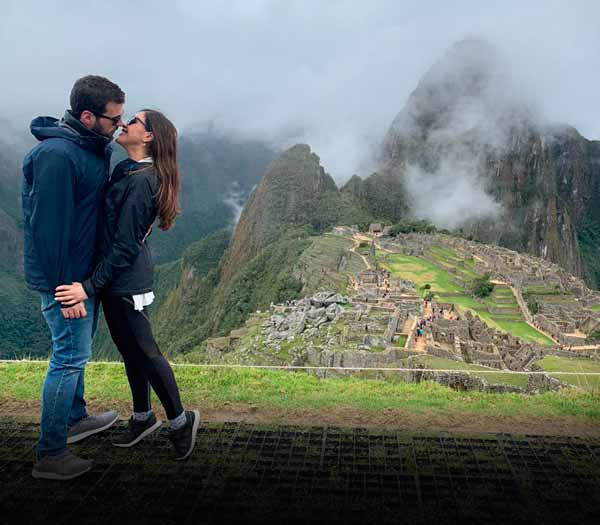
Cusco + Sacred Valley + Machu Picchu
7 Days / 6 Nights
From:
$ 599.00
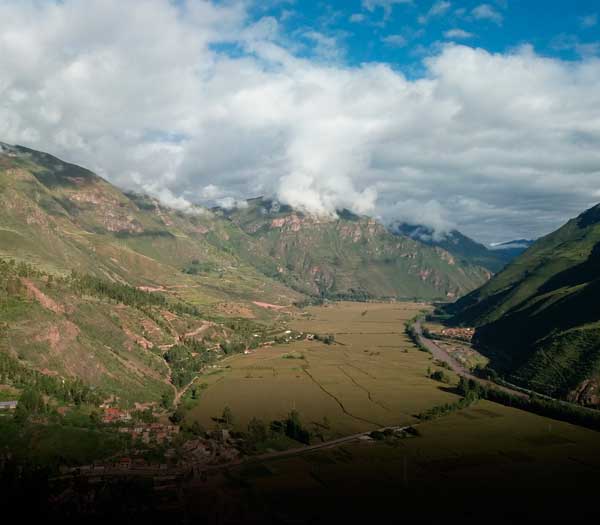
Sacred Valley + Machu Picchu
5 Days / 4 Nights
From:
$ 459.00
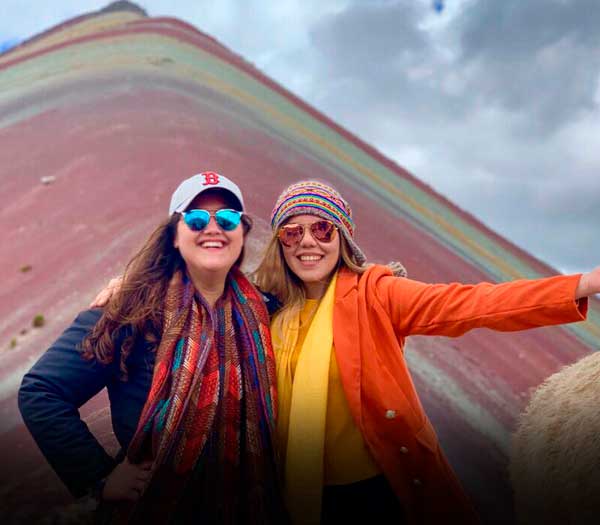
Machu Picchu + 7 Colors + Humantay
8 Days / 7 Nights
From:
$ 659.00
-
Our country is incredible. Discover Peru!
Peru is a wonderful country, with a territory full of natural and archaeological attractions. In addition to exquisite cuisine and human warmth.
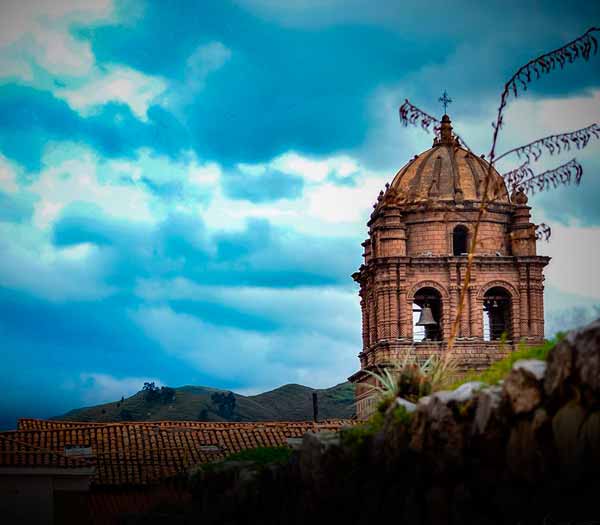
Tour to Lima + Cusco + Machu Picchu
9 Days / 8 Nights
From:
$ 839.00
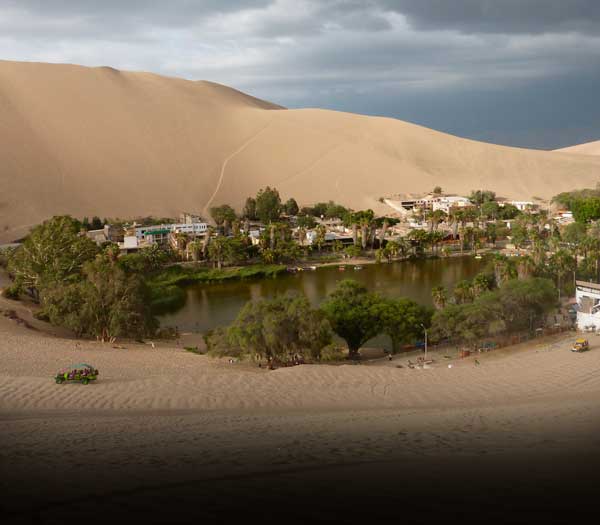
Tour Lima + Huacachina + Cusco + Machu Picchu
10 Days / 9 Nights
From:
$ 1,049.00
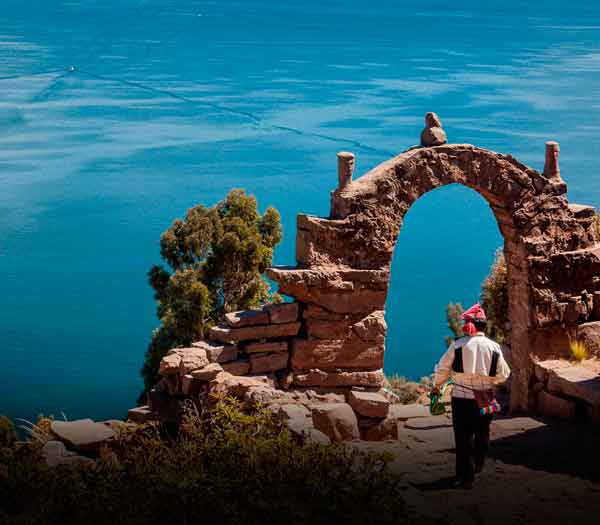
Tour Lima + Machu Picchu + Lake Titicaca
11 Days / 10 Nights
From:
$ 1,029.00





